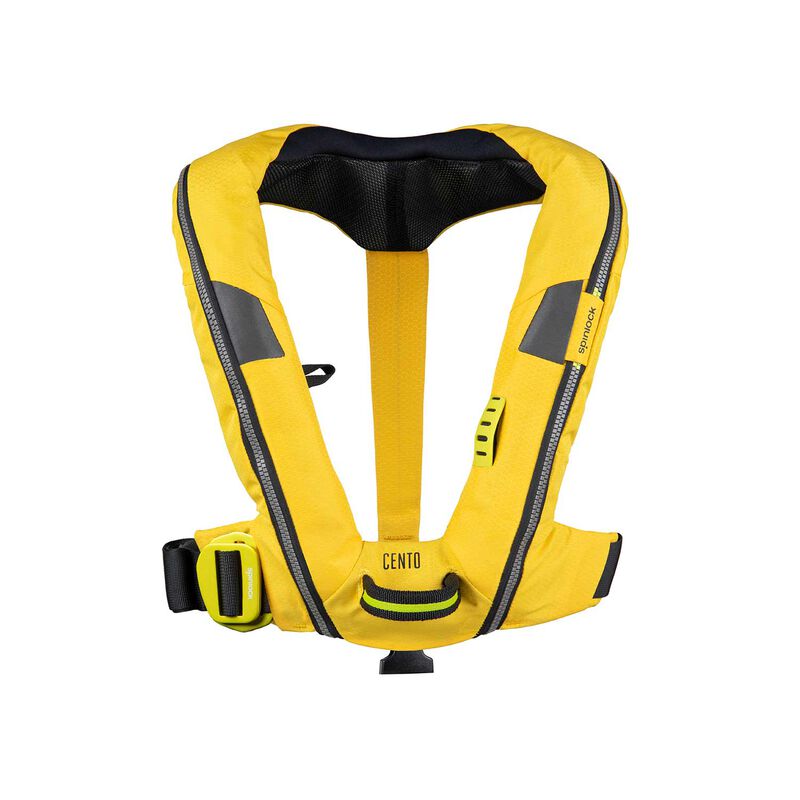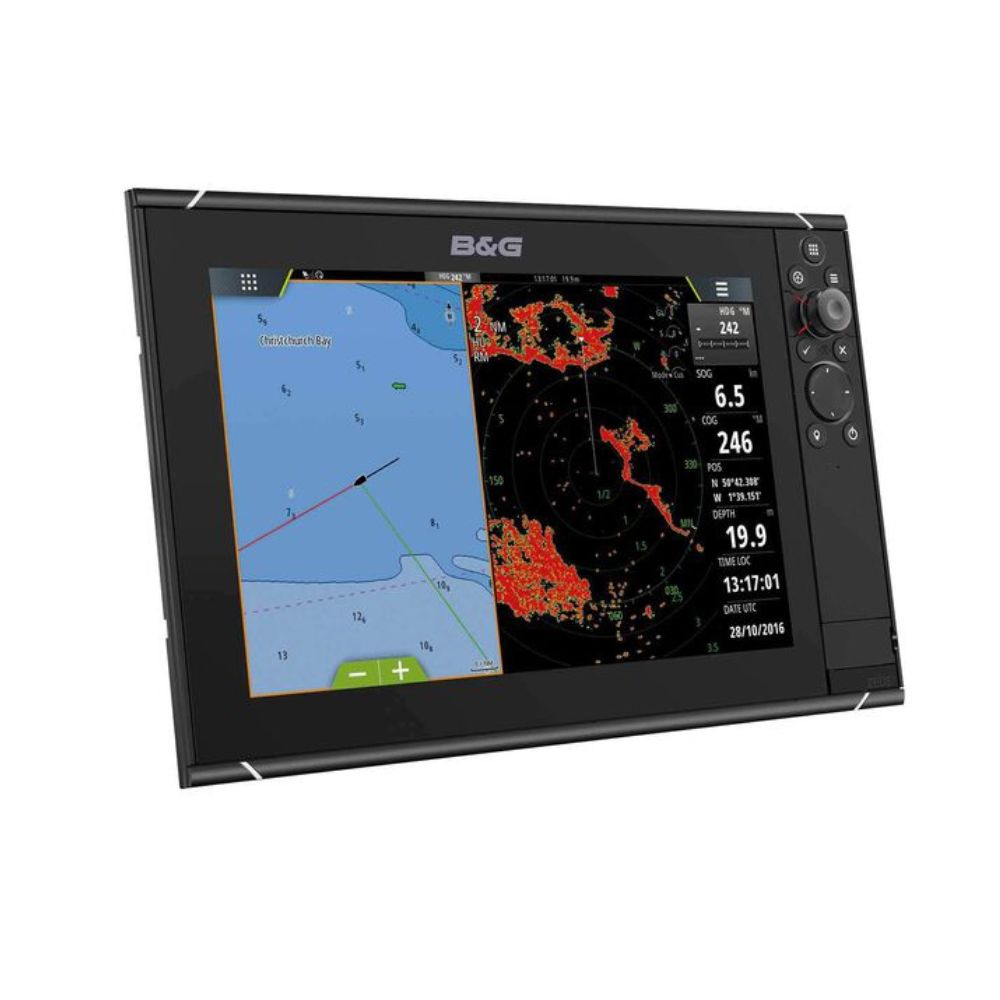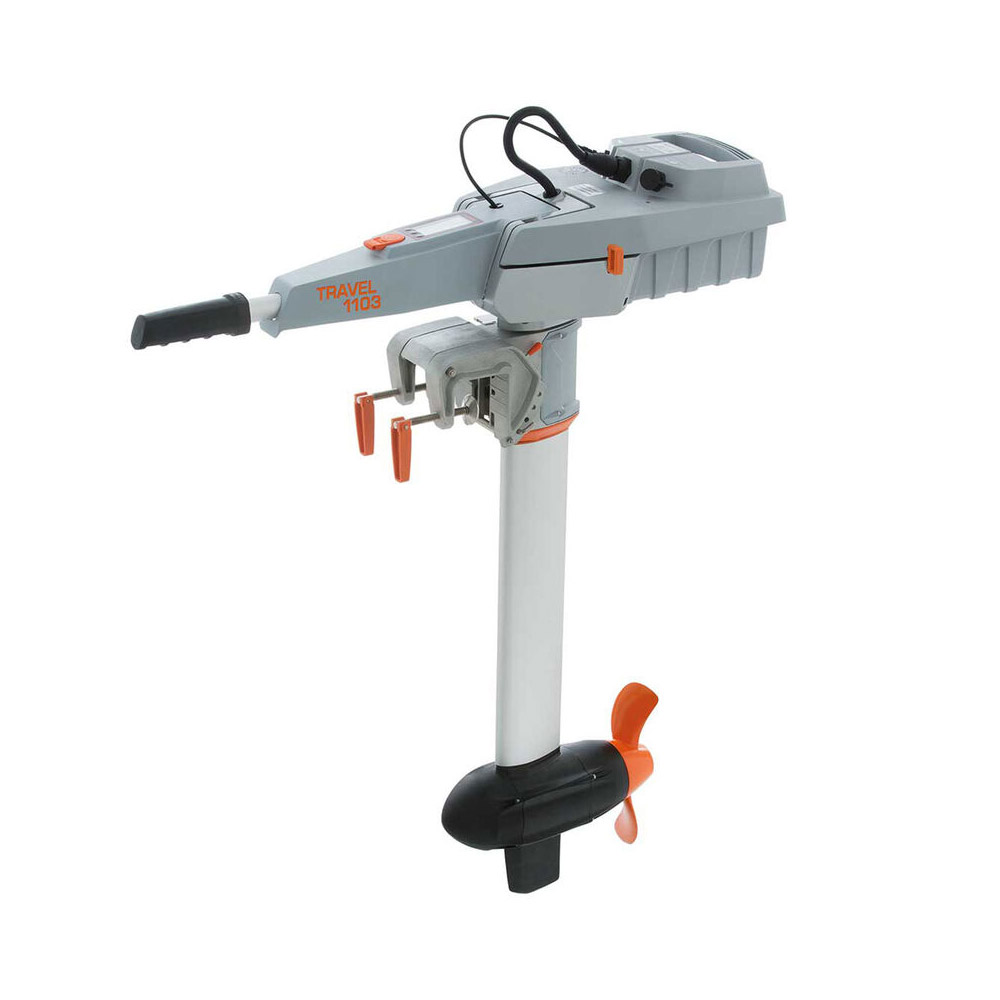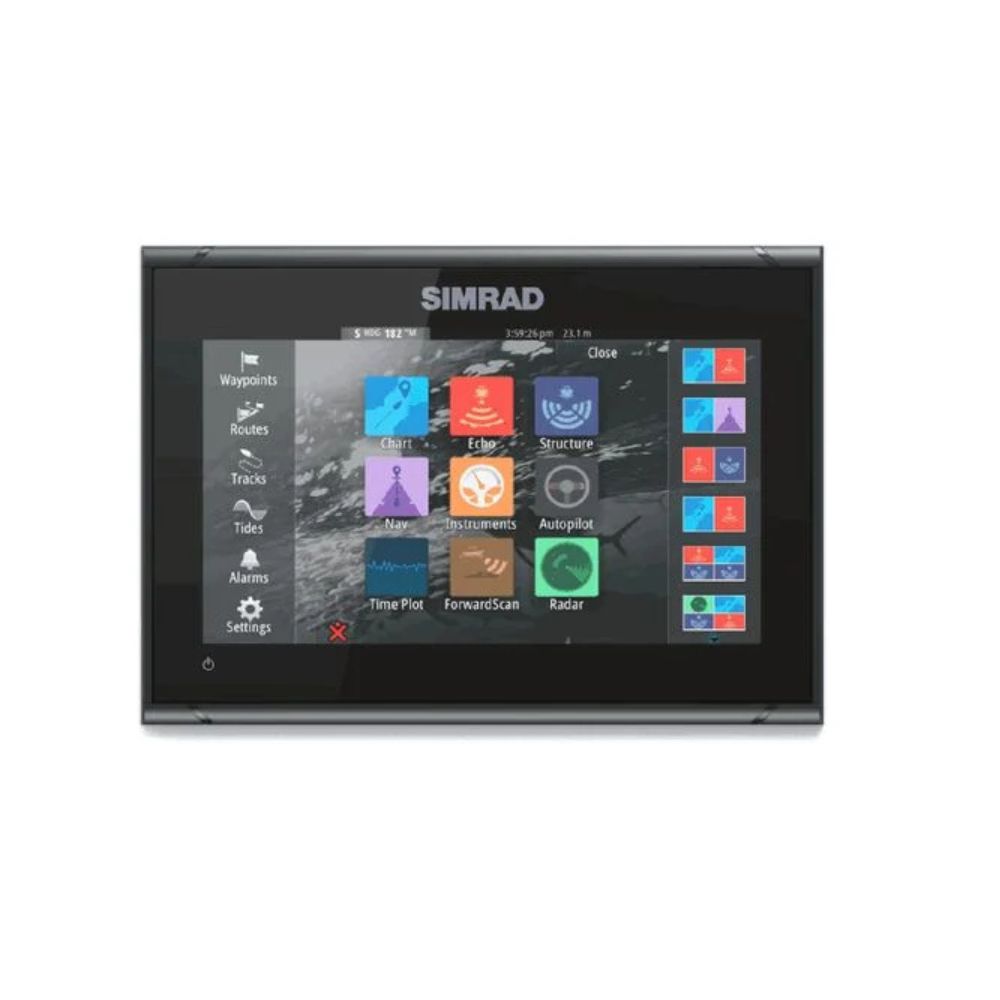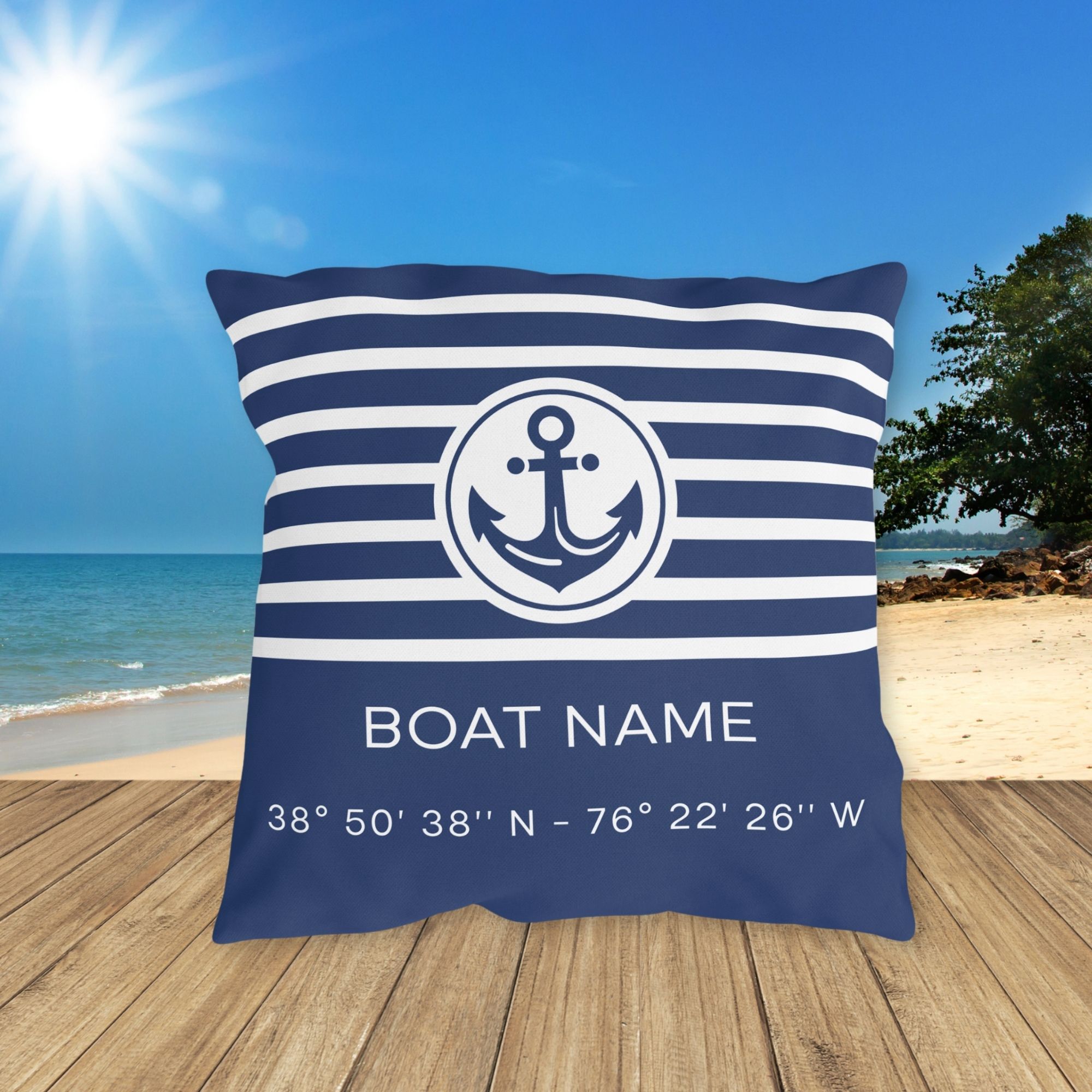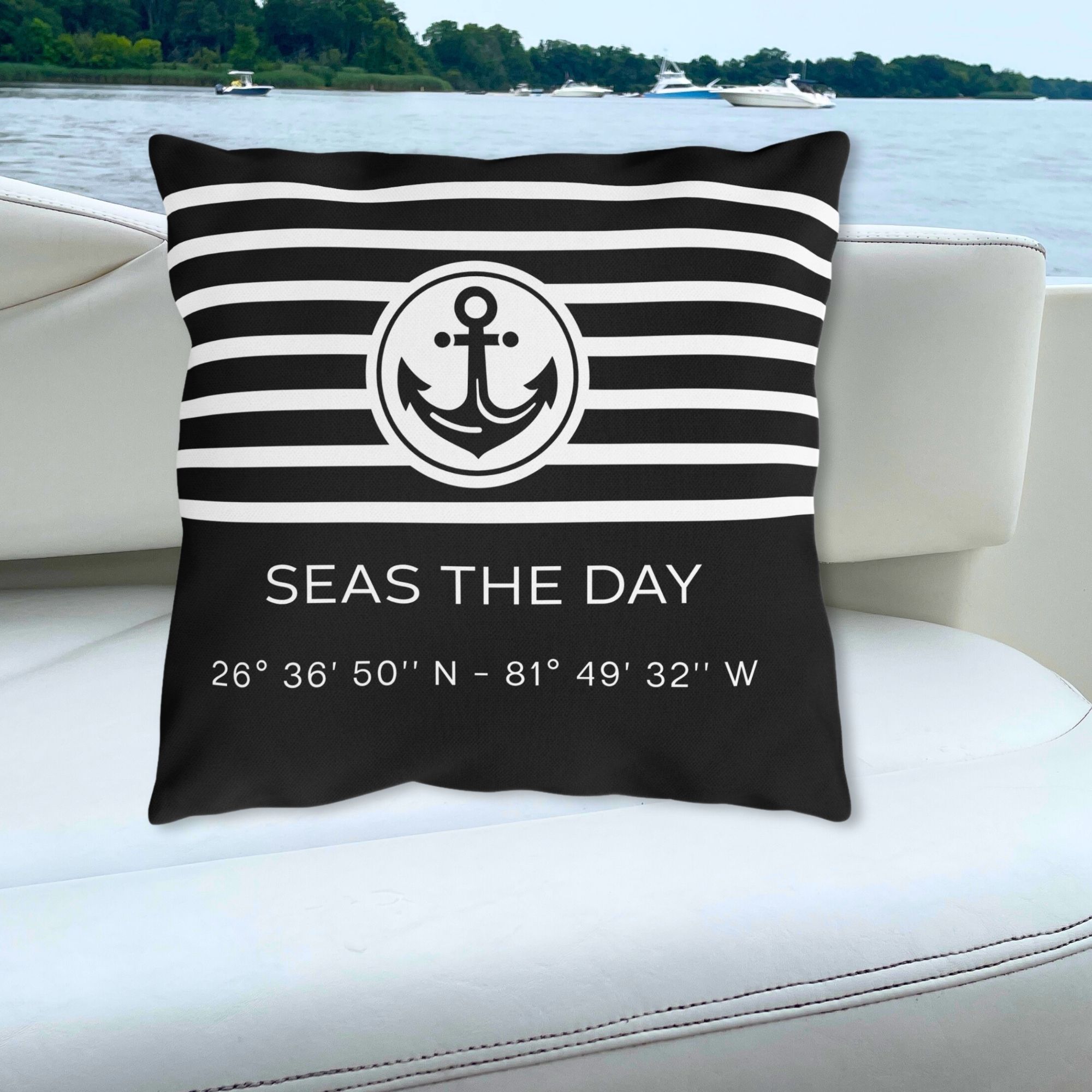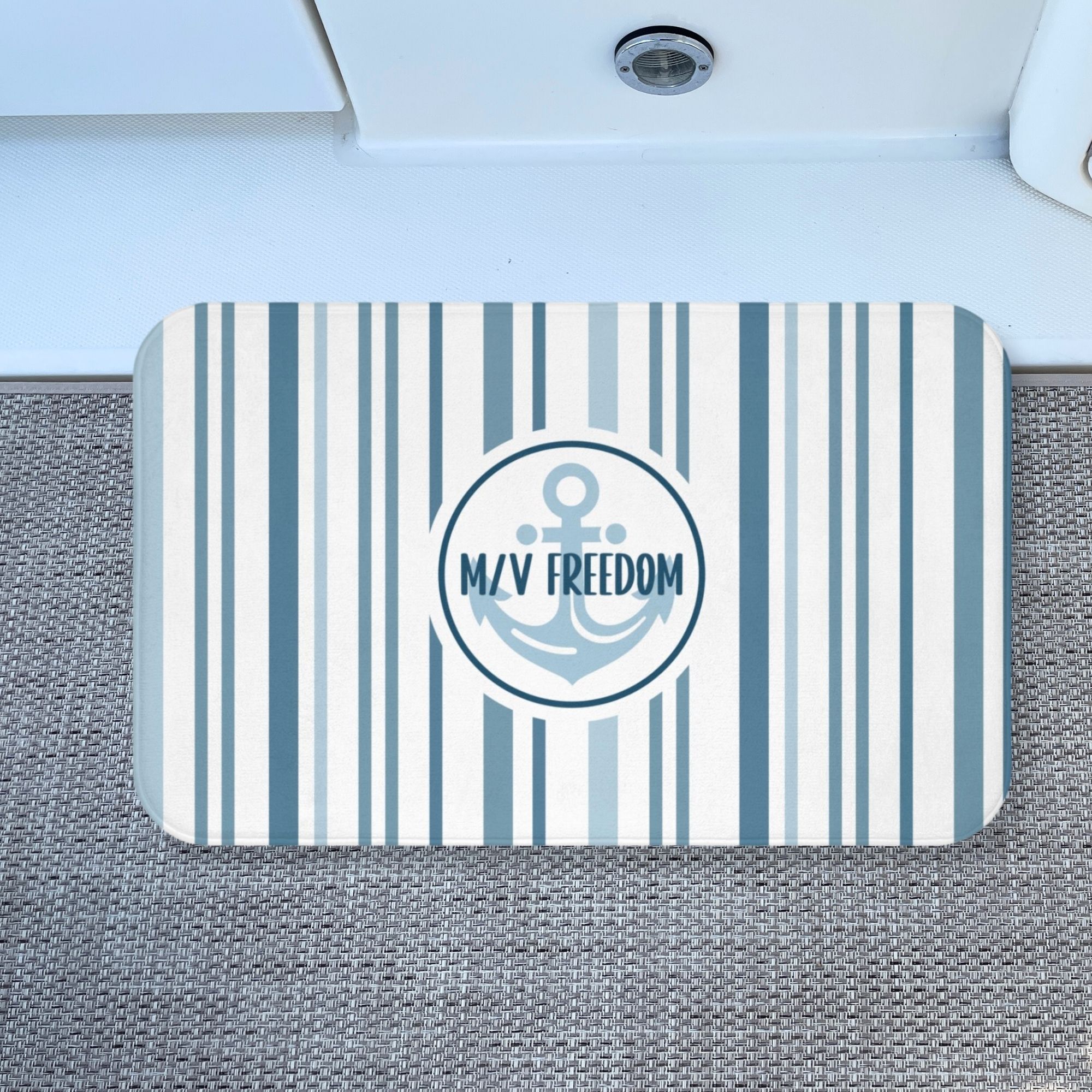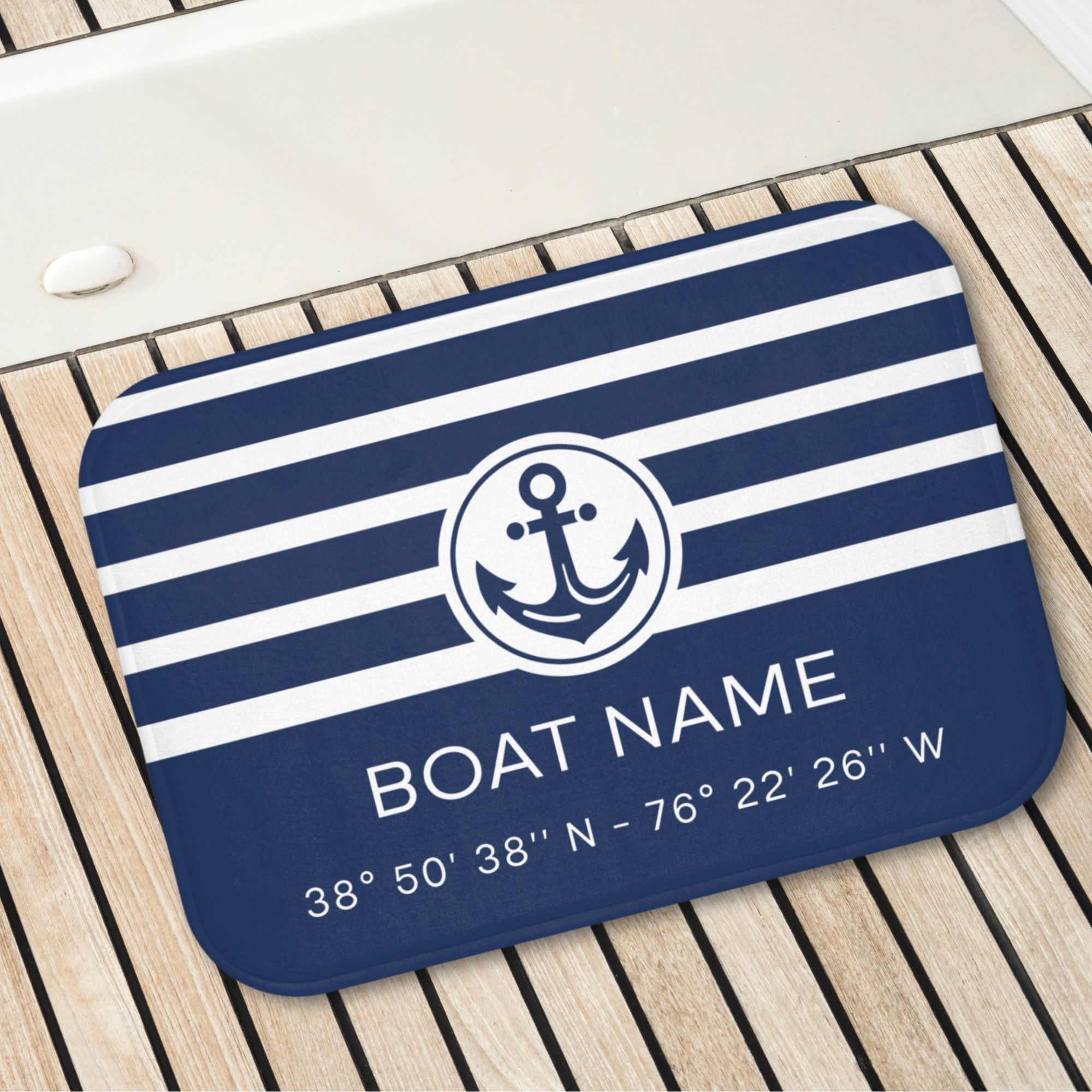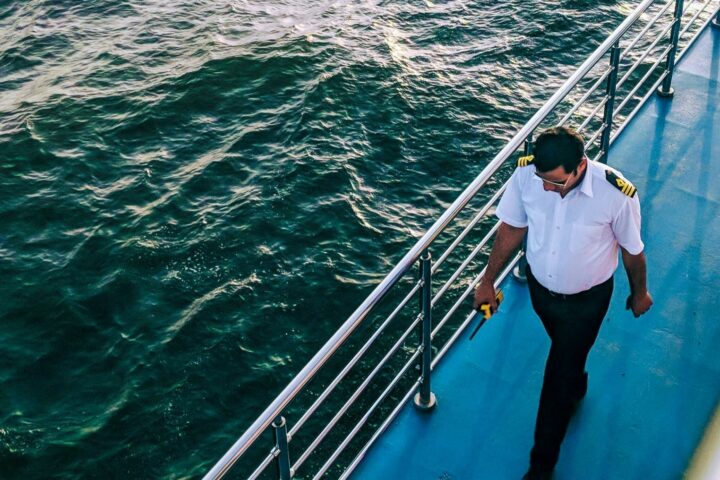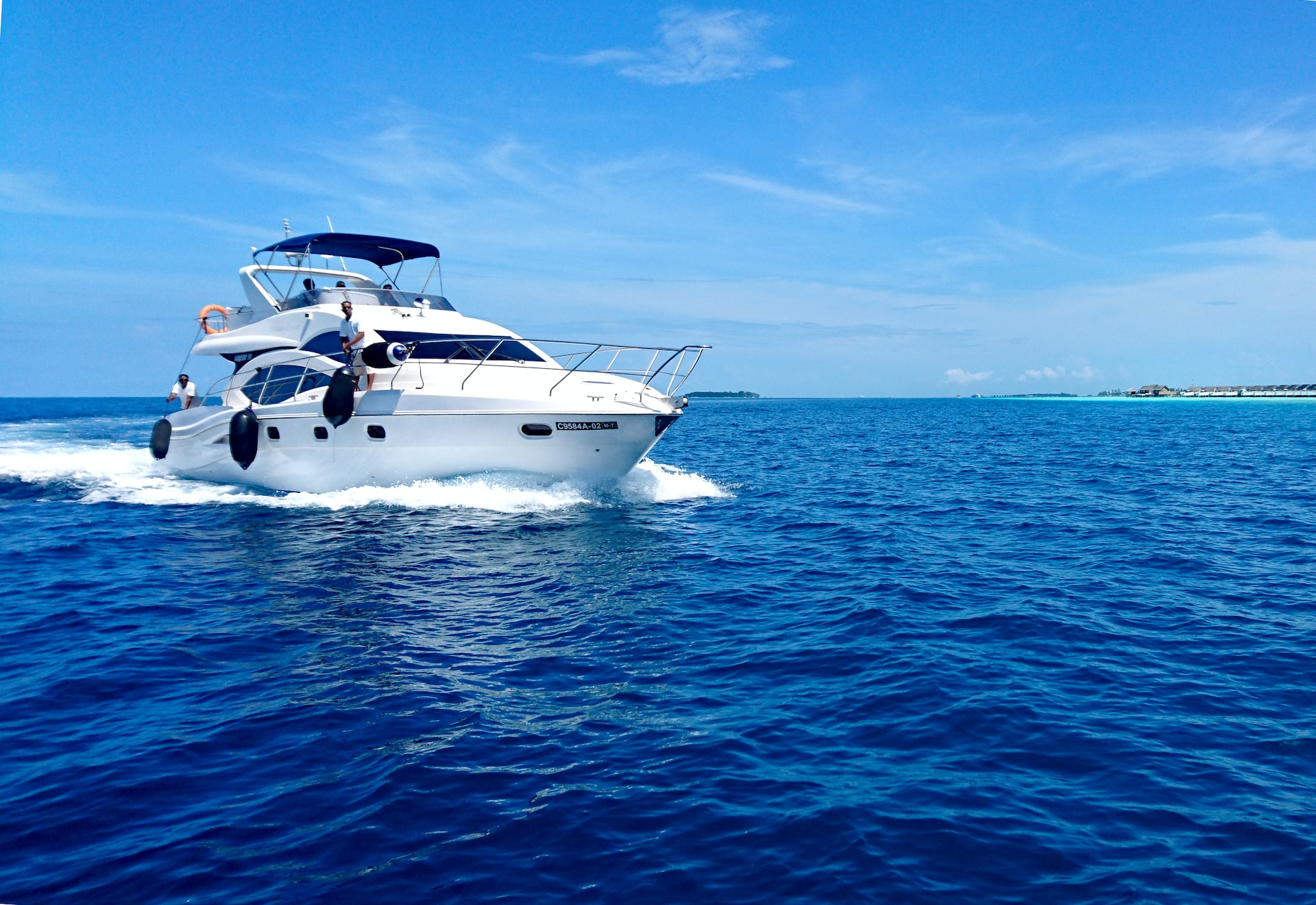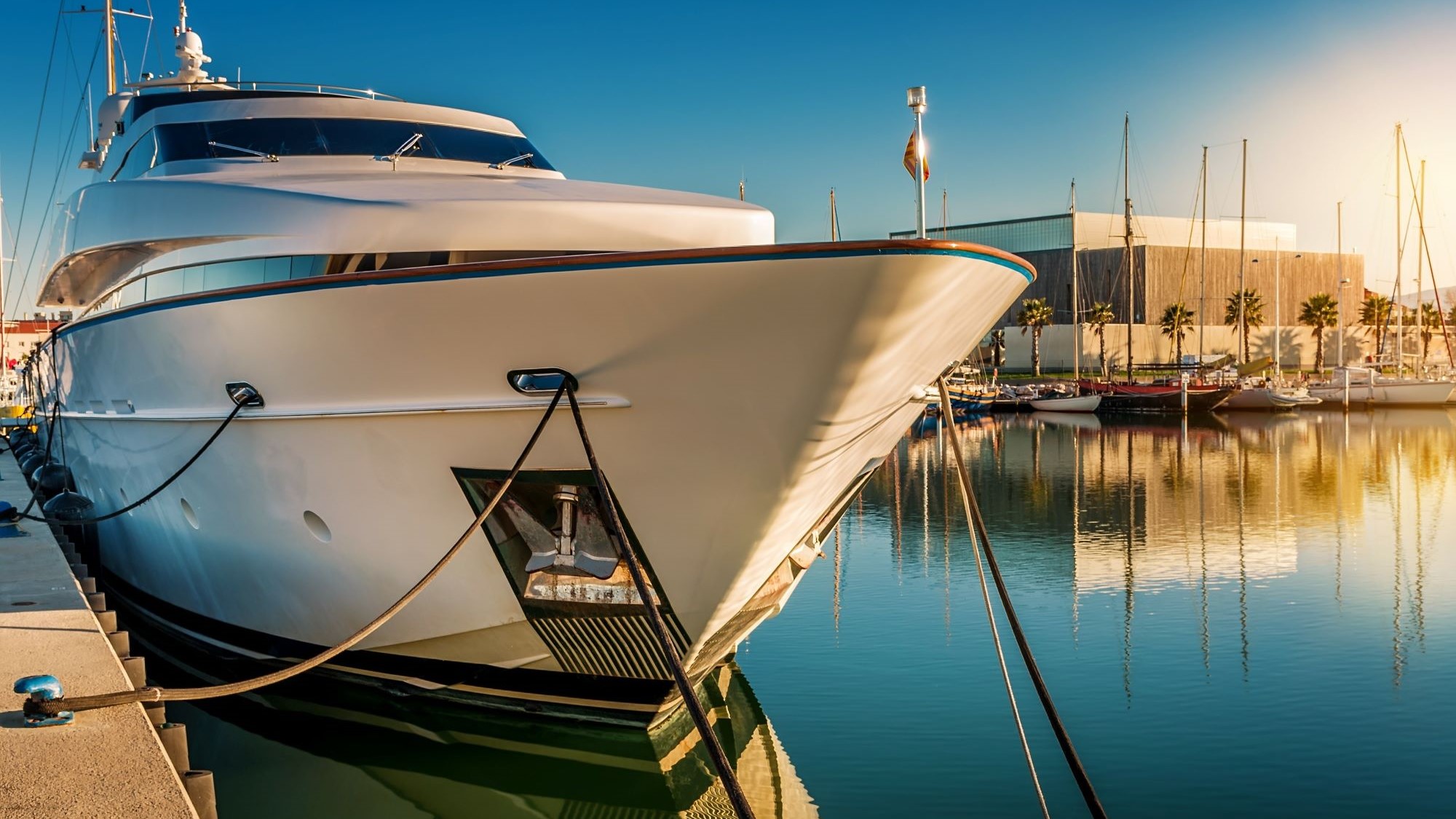
Professional boat captains experience handling of mega-ships with virtual simulator facility at Marine Institute of Technology and Graduate Studies [Video]
As a licensed Captain, I have chosen to join the Chesapeake Area Professional Captain’s Association (CAPCA). Part of CAPCA’s mission is promoting the professional development of our members.
Towards that end, there are courses, seminars, and tours scheduled for the benefit of its members and sometimes the public. One such tour was of the ship simulators at the Maritime Institute of Technology and Graduate Studies (MITAGS) to challenge our skills… and just have fun!
The MITAGS Institute
The Marine Institute offers a wide range of classes from entry level Seaman AB qualifications to upgrades to officer grades and endorsements like STCW and Radar Observer. There are also courses in leadership, management, weather, and ship handling.
It was the ship handling aspect of the curriculum that was the focus of our tour.
The Simulators
There are two full simulators at the facility. One is intended to represent the bridge of large vessels like cruise ships and container ships. The other is designed to resemble tug boat pilot houses.

Prior to my visit to the facility, I was imagining a full motion simulator like the type used to train pilots. However, the MITAGS simulators are static and the sense of motion and orientation is conveyed entirely through video projected on the 360-degree screen that surrounds the simulated pilot houses.
Do NOT underestimate the effects of this kind of simulation! Part of our initial briefing include directions on dealing with motion distress. A number of the CAPCA members where holding on to rails as if the deck of the bridge was really at the 30-plus degree angle indicated by the video. The effect was quite real!
Instructors monitor the simulators from a common control room below the simulators. They can select the type of vessel, the area or port to be navigated, and the weather conditions. Instructors can also randomly inject various “obstacles” into the scene. My group had to deal with mines, fog, snow, icebergs, offshore platforms, and even people in the water.

For our “entertainment”, the tour guide instructor made an oil derrick and a landmine in Baltimore harbor.
If you look carefully at the photos here, you can see that the simulator bridge controls are very much like real vessels.

There is radar and chartplotters with AIS which shows real-time data that matches the current simulation. There are throttles for twin screws and controls for azipods. The azipods were not available in the two simulations we experienced.

Various displays showed longitudinal speed and heading as well as lateral speed of the bow and stern separately. There was also rudder angle, heel angle and throttle level available as well.
The Experience
The sense of motion that we experienced was quite intense, particularly heel angles. Both in turns and waves, we “felt” the pitch and yaw quite realistically. It has been said that students at the institute have become physically ill during the simulations.

The sense of speed was somewhat suppressed I thought. For me, the absence of air rushing past the bridge wings and vibrations in the deck somewhat detracted from the sense of motion. Or perhaps the issue was more that the rest of the simulation was so real that missing those aforementioned aspects was just unbelievable!
The crew did well getting the Disney Dream cruise ship (~800 feet long) off the dock in Miami, out Government Cut, and into the Atlantic Ocean…WITH the effects of the Gulf Stream current. There was even a passing situation in the narrow ship channel.
We were told that this simulator is used by actual cruise ship captains to brush up on their skills or to prepare to enter a new port.

I got my turn at the helm of a 100’ patrol boat leaving Baltimore harbor. The steering on the simulator was at most 1 foot in diameter and there was no mechanical feedback (resistance) but the steering amid the various ships and obstacles (snow, iceberg, fog, landmines, and oil tower) was responsive and about what one might expect in real boat.
While so fully immersed in the simulation, there is no time for the mind to convince you that this is not real. Your body leans and your finger grip the controls all the tighter!
Video of Ship Simulator
Here’s a quick video of the simular in action:
Final Thoughts
It was exciting to get to play on the bridge of larger ships albeit in a simulator. My fellow captains and I were able to reasonably manage ships larger than many of us have ever piloted. It is good to know that the ladies and gentlemen who drive the big steel do practice and develop their skills in this way. Given the opportunity, I would do this tour again!
Please note that CAPCA does offer educational opportunities for non-members as well. Check out the website at https://www.capca.net for more information.
Trending Now: Must-Have Boat Gear for Your Boat Life
Trending Now: Custom Boat Decor
-
Boat Pillow with Boat Name & LAT LONG Coordinates
Quick ViewBuy on Etsy -
Boat Pillow with Boat Name & LAT LONG Coordinates- Black
Quick ViewBuy on Etsy -
Coastal Blue Stripes Bathmat with Anchor & Boat Name
Quick ViewBuy on Etsy -
Custom Boat Mat with Boat Name & LAT LONG Coordinates
Quick ViewBuy on Etsy
Disclosure: This site may contain links affiliated with companies where we receive compensation. Also, as an Amazon Associate we may earn from qualifying purchases we refer but it does not impact the price you pay. Full disclosure policy.

